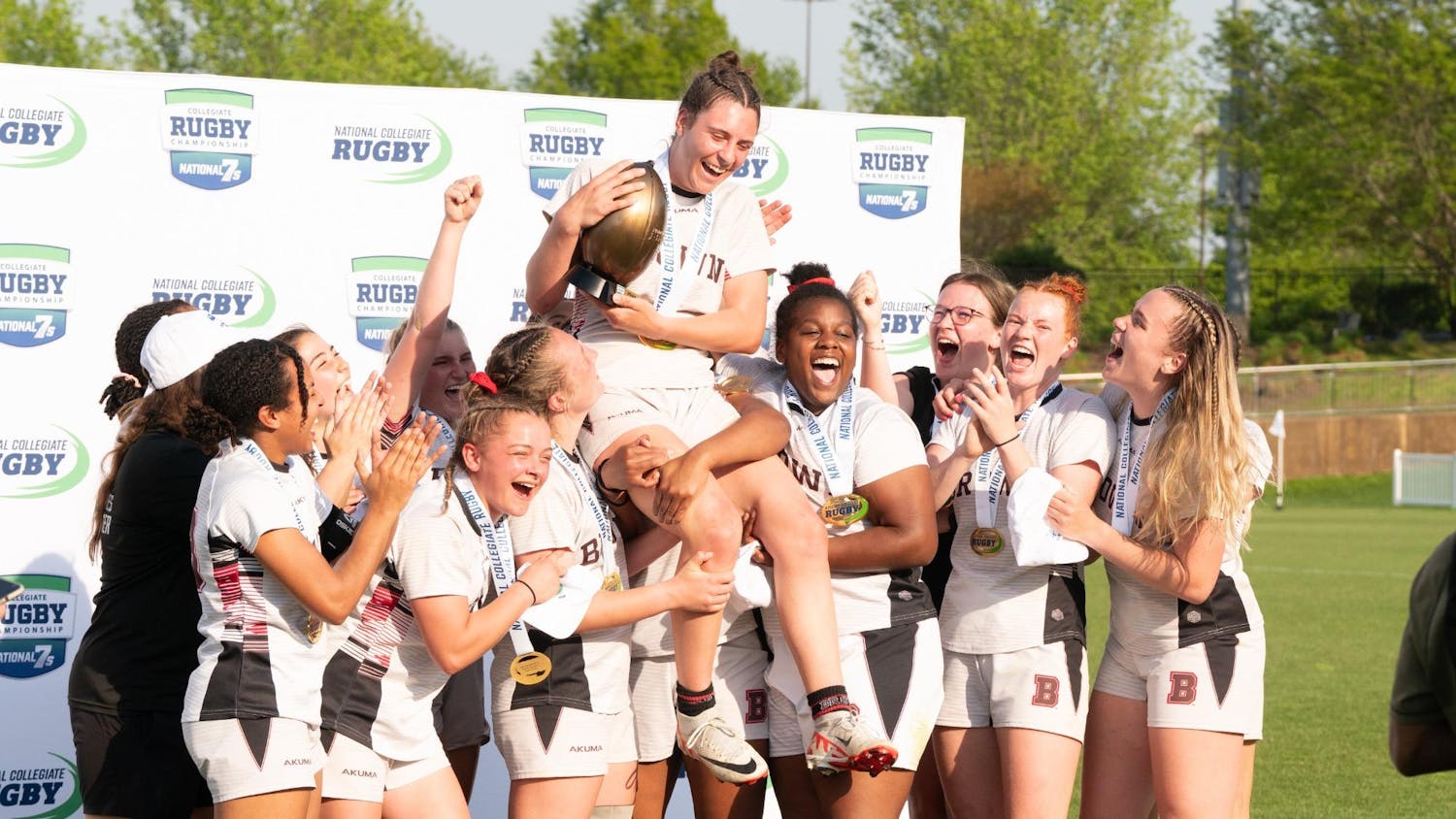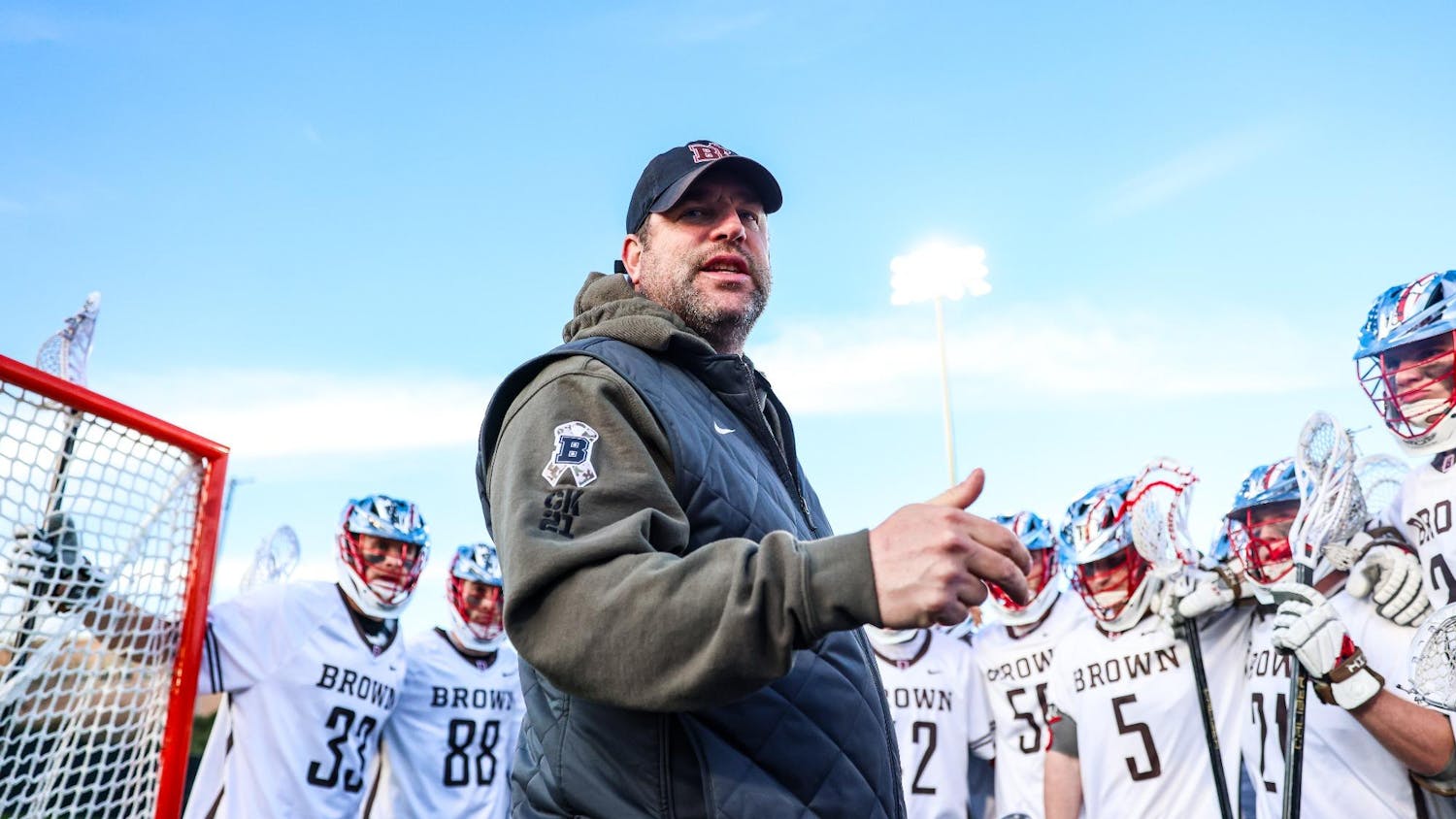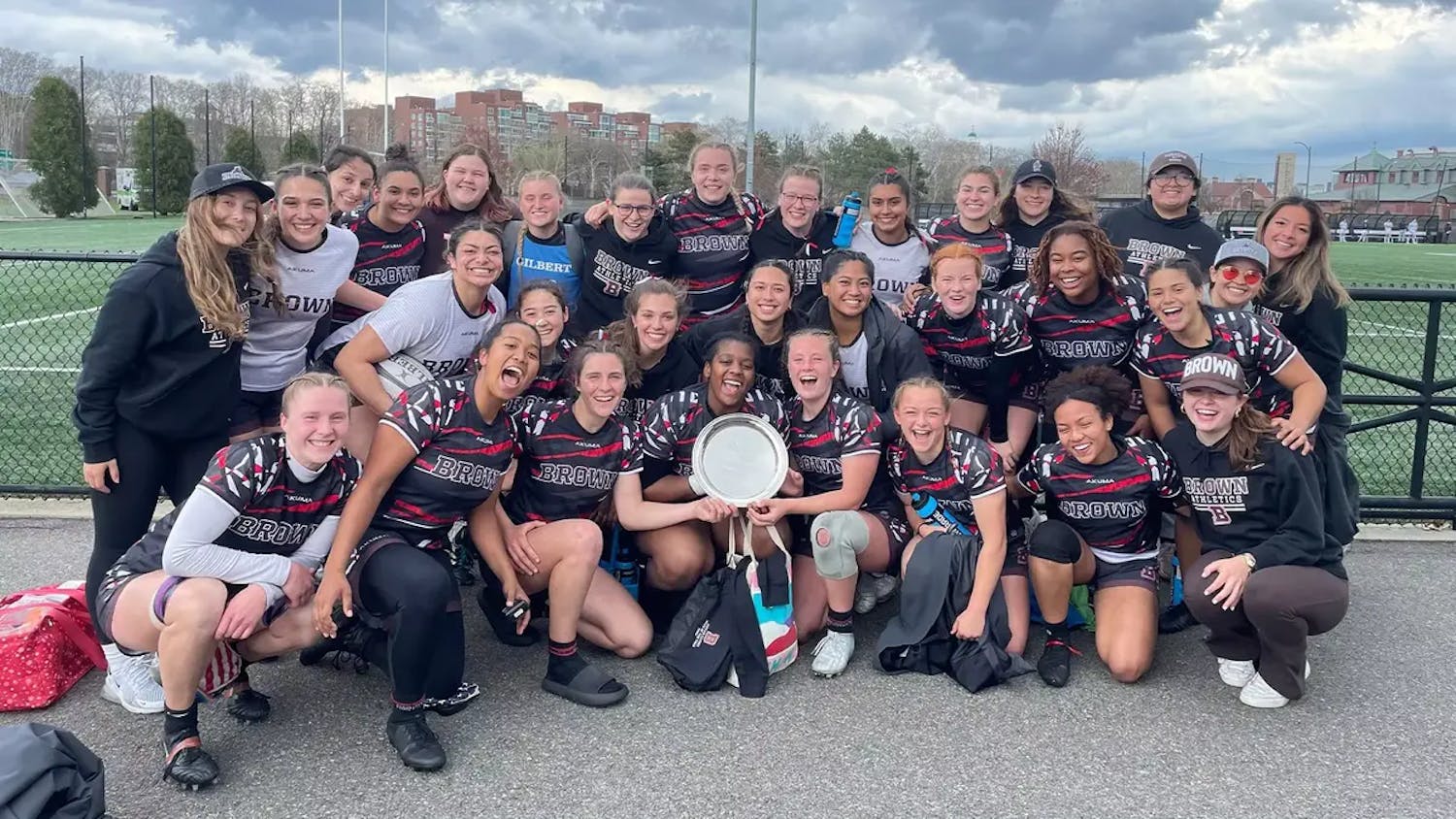By the standards of Duke University’s basketball team, the first half of this season was a disappointment. The Blue Devils lost a close game at the University of Notre Dame, were routed at Clemson University, and, most embarrassingly, just managed a 91-90 home victory against mid-major University of Vermont. A few weeks into ACC play, the team had fallen to 18th in an Associated Press poll. This would hardly qualify as a disaster for most programs, but it marked the first time Duke was ranked outside of the top ten since 2007, and it came from one of Coach Mike Krzyzewski’s most talented lineups. After Vermont, it seemed obvious what was wrong with the Blue Devils. Their offense was arguably the best in the country, but the defense was abysmal. After all, the team gave up 90 points to Vermont in regulation.
It’s difficult to win games against the likes of University of Kansas and University of Arizona when your team’s defense would not be ranked in the top 100. Coach K seemed lost without a dominant big man. Quinn Cook has long been known as a below average defender, and it might not have been a compliment when pundits compared Jabari Parker to Carmelo Anthony. The defense looked bad, but it was Duke. I assumed Coach K would solve the team’s defensive woes and the Blue Devils would reemerge as a national championship contender. Now, Duke is red-hot. But improvement has come about in the unlikeliest of ways. The defense has improved only marginally, if at all. The offense, already elite, only got better.
Duke’s problems on defense essentially come down to protecting the paint. The guards have trouble keeping ball handlers in front of them, and Marshall Plumlee is not the force inside that his older brothers were. Coach K solved the problem in the boldest fashion — he ignored it. While I am sure he has addressed numerous flaws in their defense in practice, his lineups suggest that the best way to fix Duke’s defense might just be to make it irrelevant. Leading scorers Rasheed Sulaimon and Andre Dawkins sucked up many of Tyler Thornton’s minutes, a definite downgrade defensively. The seven-foot Plumlee, once a key part of Duke’s title hopes, watches the 6-foot-8-inch Amile Jefferson and Jabari Parker struggle to hold their own against opposing teams’ big men. These small ball lineups will never be great defensively, but they can score. Duke’s offense is rated second in the nation, averaging nearly 1.2 points per possession.
An interior presence has always been essential to building a great defense, but if anything, Coach K has historically relied on his centers even more on the offensive end of the floor. Coach K has incorporated more set plays into his offense lately, but the Duke attack is still based on a post-up heavy motion offense. Without a center on the floor, and, occasionally, without a real power forward, Duke stands little chance of scoring off of classic post-entry passes to the low block. To solve this problem, Duke uses its undersized forwards to post-up farther from the goal. Duke has also mastered feeding the post in between defensive adjustments. If Parker gets positioning near the basket, the defense will likely front the post and cover the lob over the top with help from a weak-side defender. If the man guarding Parker plays correctly, he will step over the post on the ball side just as the help defender is rotating over. While he’s doing so, Duke will throw a lob or high post feed, not toward the basket, but to the side of Parker that is momentarily left open while the defender maneuvers to front the post. Parker will catch the ball while spinning off the defender and go straight into a dunk or short jumper. The timing and skill involved in executing this is rare to see at the college level.
Duke’s post play is terrific, but it is only effective because of how well its guards spread the floor. At no point was this characteristic better displayed than in its overtime loss at Syracuse. With Parker fouled out, Coach K elected to play four guards and leave 6-foot-4-inch Andre Dawkins to guard the 6-foot-8-inch Jerami Grant. Recognizing the mismatch, Syracuse gave Grant three isolation post-ups in a row that led to several easy buckets for the Orange. It seemed like an obvious mistake by Coach K, but Dawkins also hit two threes in overtime, giving Duke a chance to win. Duke lost the game but scored nearly 1.3 points per possession. Even more intriguing was how the Blue Devils beat the Syracuse zone. Duke took exactly half of its field goal attempts from beyond the arc and nearly shot better from three than from two. Many of its threes were from straight away, which is rare against man-to-man defenses but common against most 2-3 zones.
Coach Jim Boeheim’s zone differs from other 2-3 zones by being designed to take away exactly that shot. Instead of sagging back to behind the three point line, the Syracuse guards will extend beyond the arc to challenge the ball carrier. The Duke guards found a limit to how far Syracuse was willing to go with that philosophy. Syracuse guards Tyler Ennis and Trevor Cooney were unwilling to extend the zone as far away as Duke was willing to shoot from. Duke’s possessions in overtime primarily involved a few passes around the perimeter followed by a deep three, with no real attempt at initiating an offense. I’m curious what adjustments Boeheim will make for the rematch this Saturday. The answer might be none. Syracuse could just sit back and hope Duke does not continue to hit 40 percent of its shots from NBA three-point range. On that end of the floor, there’s no other way to beat the Blue Devils.
Derek Levinson ’17 is looking for someone to watch the Syracuse-Duke game with him this weekend. Hit him up at derek_levinson@brown.edu.
ADVERTISEMENT




